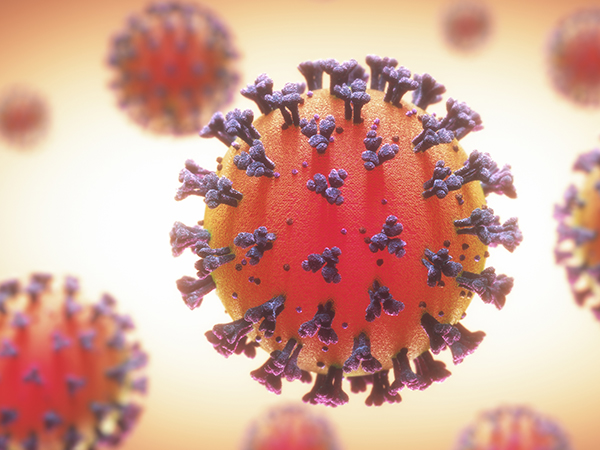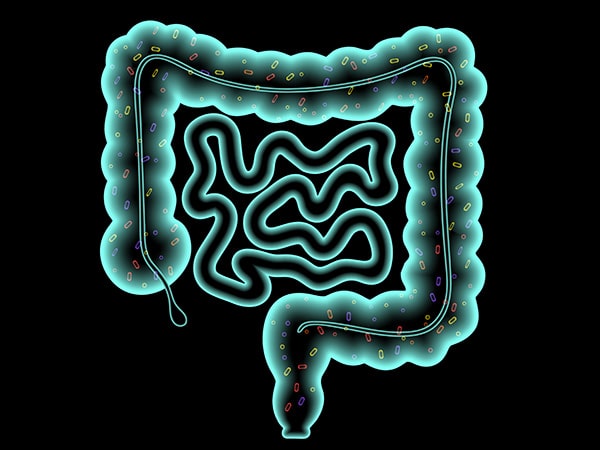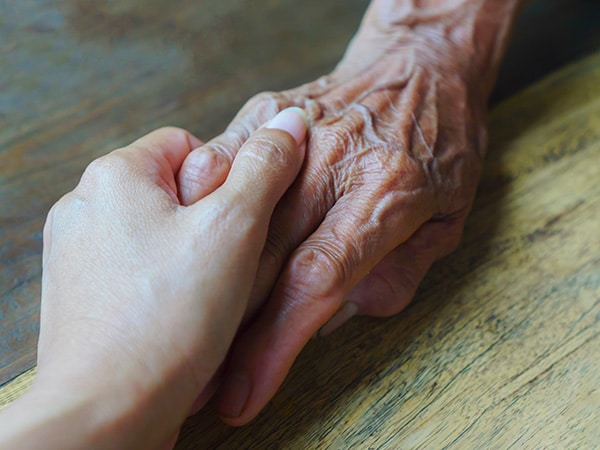SABCS 2020: Managing Breast Cancer During the COVID-19 Pandemic
As we approach the end of the year that was consumed by the pandemic, more than 68 million people have been diagnosed with COVID-19 and more than 1.5 million have died to date across the globe. In the United States alone, more than 293,000 individuals have lost their lives so far.
These past few months, several aspects of the intersection of COVID-19 and cancer are beginning to crystallize: Patients with cancer have a higher risk of mortality from COVID-19, and the pandemic is disproportionately affecting racial and ethnic minorities and underrepresented populations.
The 2020 San Antonio Breast Cancer Symposium opened with a special session that addressed a more specific question: How has the pandemic affected breast cancer care, especially among the minority and vulnerable populations?
Moderator of the session, Melissa L. Bondy, PhD, from Stanford Medicine, who called the pandemic “the single most devastating tragedy we have faced in our lifetimes,” noted that the session was put together to bring investigators, clinicians, and patients from around the globe to understand the pandemic’s effect on breast cancer care from a clinician and patient perspective.
Deborah Doroshow, MD, PhD, from the Tisch Cancer Institute of the Icahn School of Medicine at Mount Sinai, called the disproportionate negative impact of the pandemic on minority population “double jeopardy.”
While one can point to a number of reasons for the disparity, including that many individuals from the vulnerable populations are frontline workers, making them more susceptible to infections, and that they are likely to have poorer baseline health and language barriers, “ultimately the root cause of these disparities is decades of institutionalized racism,” Doroshow said.
Resilience in the face of crisis
Another key component of cancer care during the pandemic is the psychosocial status of the community. Resilience is a trait that the entire cancer community is harnessing in the face of the crisis, noted Lidia Schapira, MD, from Stanford University School of Medicine. Often, it is as basic as getting through the day without falling to pieces. Schapira underscored the importance of supporting clinicians with stress management as they navigate through redesigned practices to manage the workflow and minimize their exposure to the virus and to those around them.
Brittney Zimmerman, MD, from the Icahn School of Medicine reported data from a survey of patients with breast cancer, who responded as having high rates of sociopsychological distress and decrease in quality of life and overall health.
Perhaps the most compelling examples of resilience came from two women with metastatic breast cancer who graciously shared their arduous journeys through the pandemic with fortitude.

Helen Riviera Black, a resident of Washington state, fell ill in early 2017, and was subsequently diagnosed with metastatic breast cancer that had spread to both her lungs. After four months of chemotherapy, her disease had stabilized. She started receiving palbociclib (Ibrance) and letrozole (Femara) and continued to see no evidence of the disease.
Her life seemed to be fairly under control until this July, when she was diagnosed with COVID-19. For three weeks, she felt very ill and was in severe pain. Black described how the infection affected her thinking and caused unbearable pain, with little reprieve from pain medications. Her physicians made the decision to discontinue palbociclib as it can lower her white blood cell count—cells that are critical to fighting off the coronavirus infection. Fortunately, this strategy helped Black as she recovered from COVID-19, but she is now anxious about having discontinued palbociclib as it has helped her keep her breast cancer at bay.
“I’m nervous what I’ll find on my scan on December 12,” Black mused. “I have hope of seeing my children and hitting all the milestones. I have dreams. To have dreams and hopes is absolutely inspiring and COVID is not going to take that away from me!”
Keyla “Nunny” Reece, from North Carolina, was diagnosed with stage 4 breast cancer in 2017. Reece, a mother and a certified medical assistant for more than 15 years, watched her new normal unfold as her cancer spread to her bones, lungs, brain, and liver.
Reece contracted COVID-19 in June, and so did her husband. Fighting her tears, Reece described the challenges she faced with sharing her diagnosis with her young son and navigating her care with no one by her side, given her struggles with short-term memory loss and her weak immune system, among other issues. Reece is glad she got through this tough period.
“I want to stay alive so I can be with my son, my husband, and my family,” Reece said. “I just want to say to the young generation … Wear your mask, because your grandparents’ immune system is low.”
Provider perspective on care during the pandemic
A couple of studies presented in the session highlighted how providers have adjusted their breast cancer care practices to navigate through the pandemic as screening mammography rates fell, including using telemedicine.
A retrospective analysis of patients newly diagnosed between March, when a “shelter in place” order began in California, to May, when elective operations resumed, was presented by Annie Tang, MD, from the University of California San Francisco. Compared with the same time period in 2019, without screening mammography between March and May 2020, new diagnoses were reduced by 64 percent, many newly diagnosed patients presented with advanced and aggressive breast cancers, and there was a reduction in the number of surgeries. The study highlighted the importance of screening.
Due to the pandemic, the use of neoadjuvant endocrine therapy has been recommended to allow for safe postponement of surgery for early-stage, estrogen receptor-positive breast cancer. However, guidance on locoregional treatment is limited, explained Ko Un Park, MD, from the Ohio State University Wexner Medical Center in Columbus.
Park shared data from a survey of 114 providers from 29 U.S. states on their experience using neoadjuvant endocrine therapy before and during the pandemic. The survey showed that most providers managed their patients with neoadjuvant therapy until surgery could be performed, and as the use of this treatment extended, more providers favored axillary lymph node dissection in patients with low-volume axillary metastatic disease.
Christian Miller, a medical student at George Washington University Cancer Center, described the experience at his center with telemedicine use during the pandemic, through a survey of patients and physicians. Telemedicine as a substitute for in-person visits was a great concern to all patients who responded to the survey. Breast cancer patients were skeptical about telemedicine use, which improved over time.
Breast cancer care around the world
The session also featured studies of breast cancer management during the pandemic in Brazil, Italy, the Netherlands, and Mexico.
The presentations by Felipe Andrade, MD, from Hospital Sirio Libanes in Brazil; Giuseppe Curigliano, MD, from Instituto Europeo di Oncologia in Milan, Italy; and Sabine Siesling, MD, from the Netherlands Comprehensive Cancer Organisation, all echoed several of the key highlights and challenges described by other presenters in the session: decrease and slow recovery in screening mammography rates, increase in telemedicine use, increase in the use of hormonal therapy to postpone surgery, and the importance of prioritization of community-level services for breast cancer care.
Isabelle Centeno, MD, a psycho-oncologist at the Elisabeth Kübler-Ross Foundation in Mexico, and a breast cancer patient and representative of a patient advocacy group, highlighted how COVID-19 is disproportionately affecting the poor, minority, and vulnerable populations in Mexico due to its spread in dense areas and limited capacity to mitigate as a result of high prevalence of chronic conditions, exacerbated by poor access to high-quality public health care.
“The collateral effect of the pandemic due to the global economic crisis and social isolation are unequally affecting those in the lower socioeconomic status,” Centeno noted. “As the pandemic rages across the world, it will be of high importance to point to the need of human rights protection and development of public health [care] in a comprehensive manner without discrimination against vulnerable populations.”



